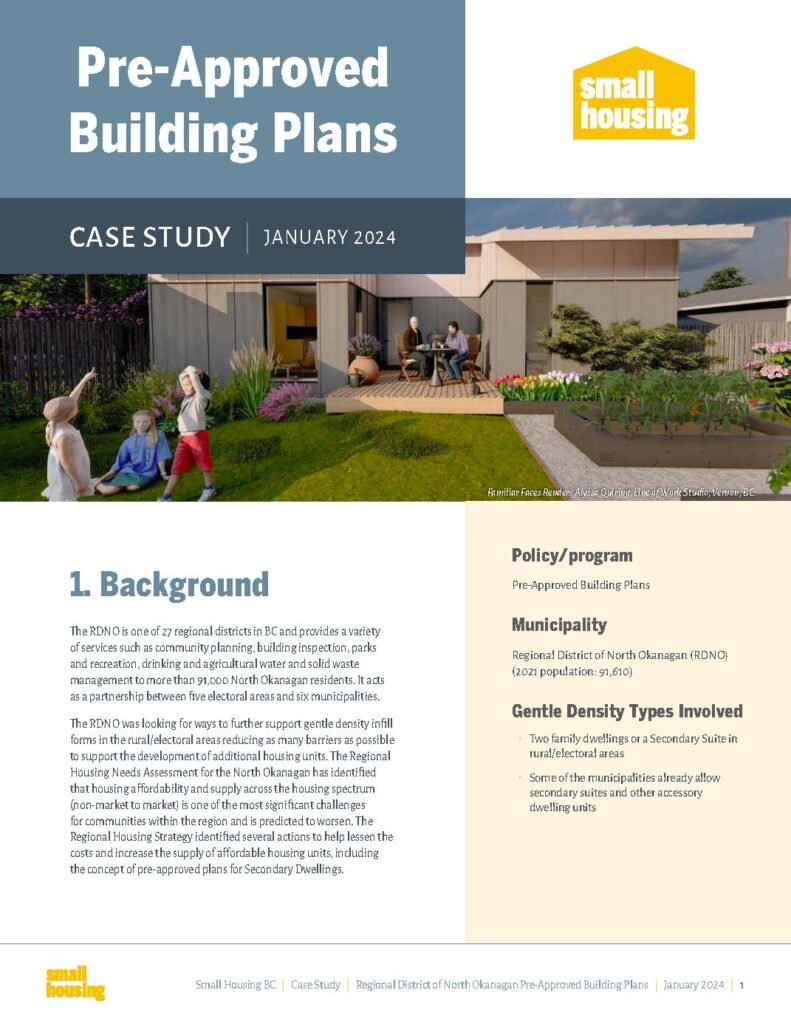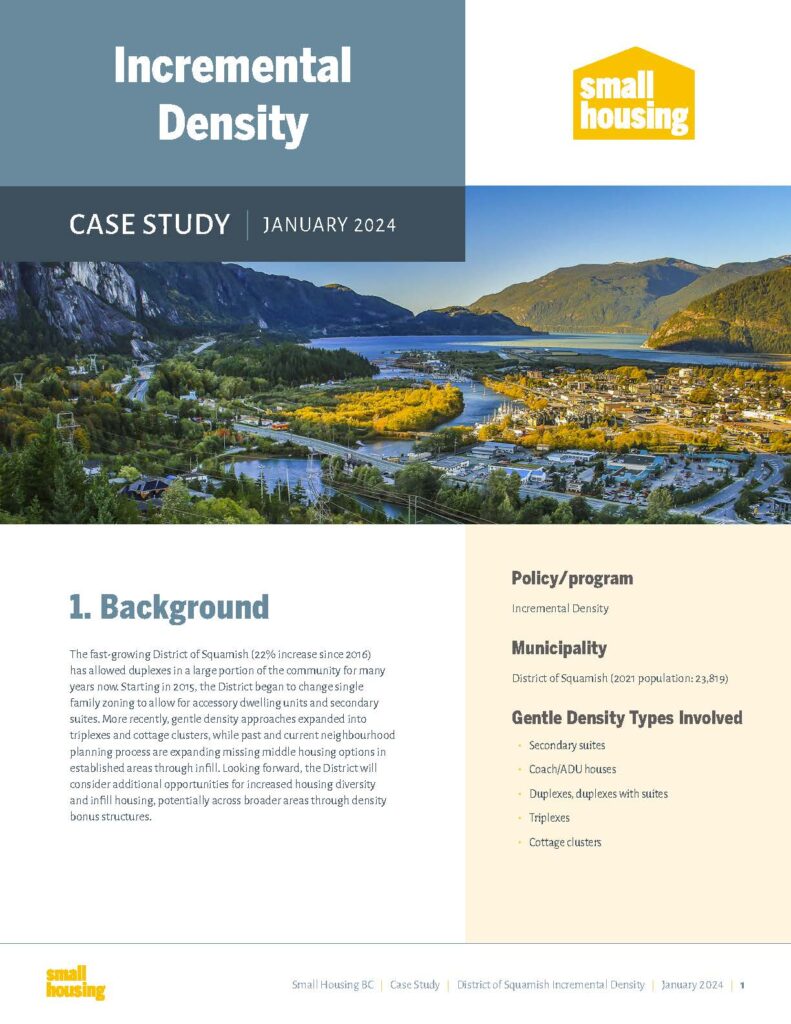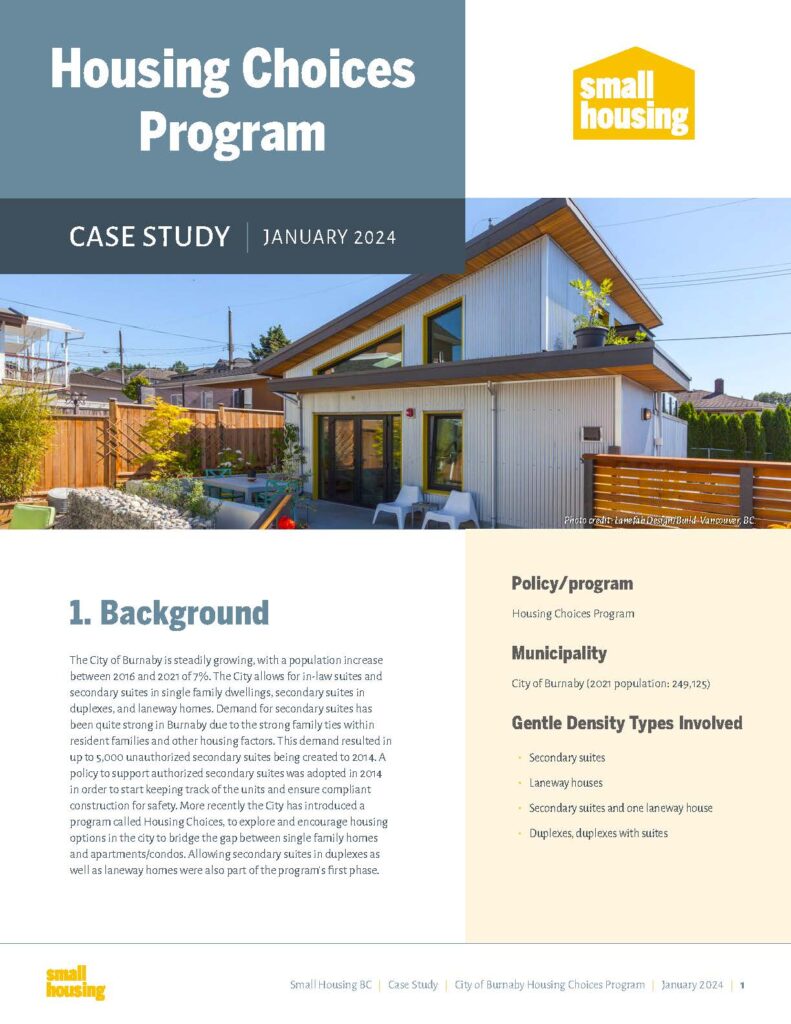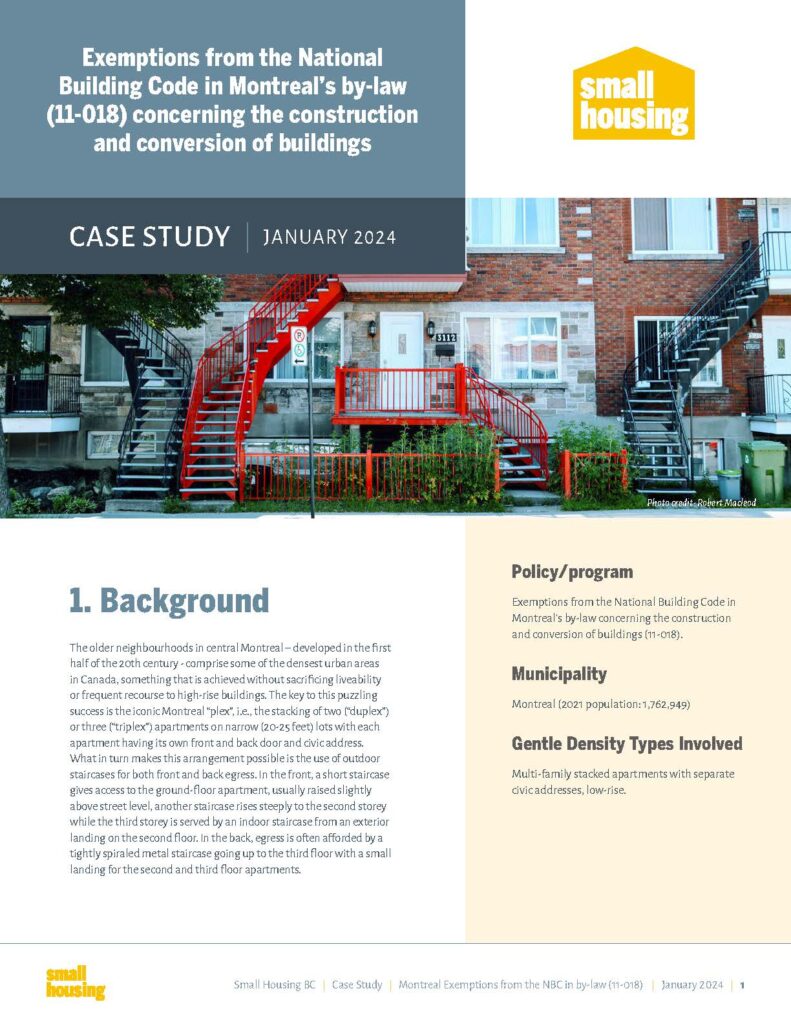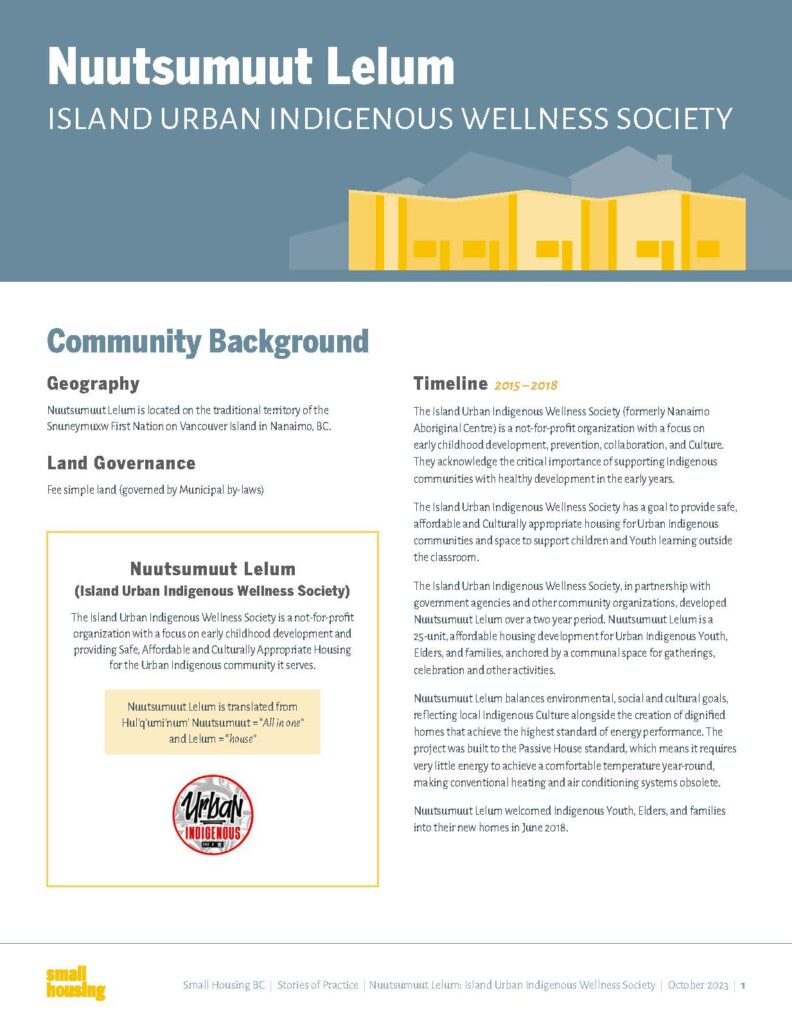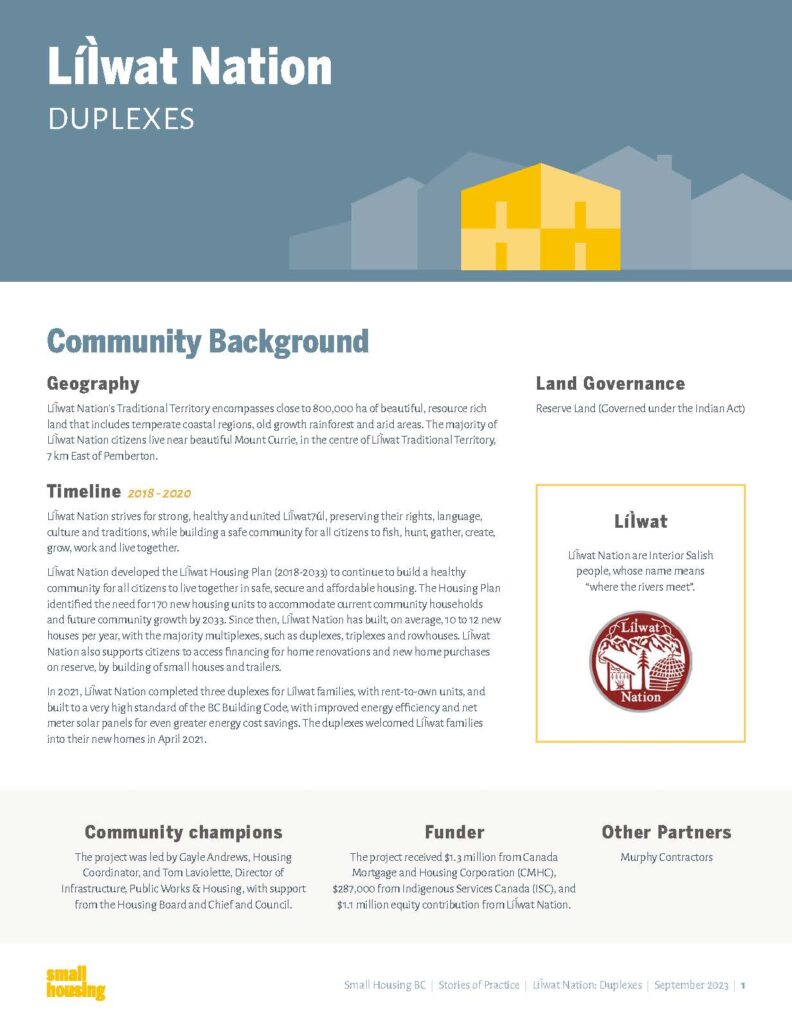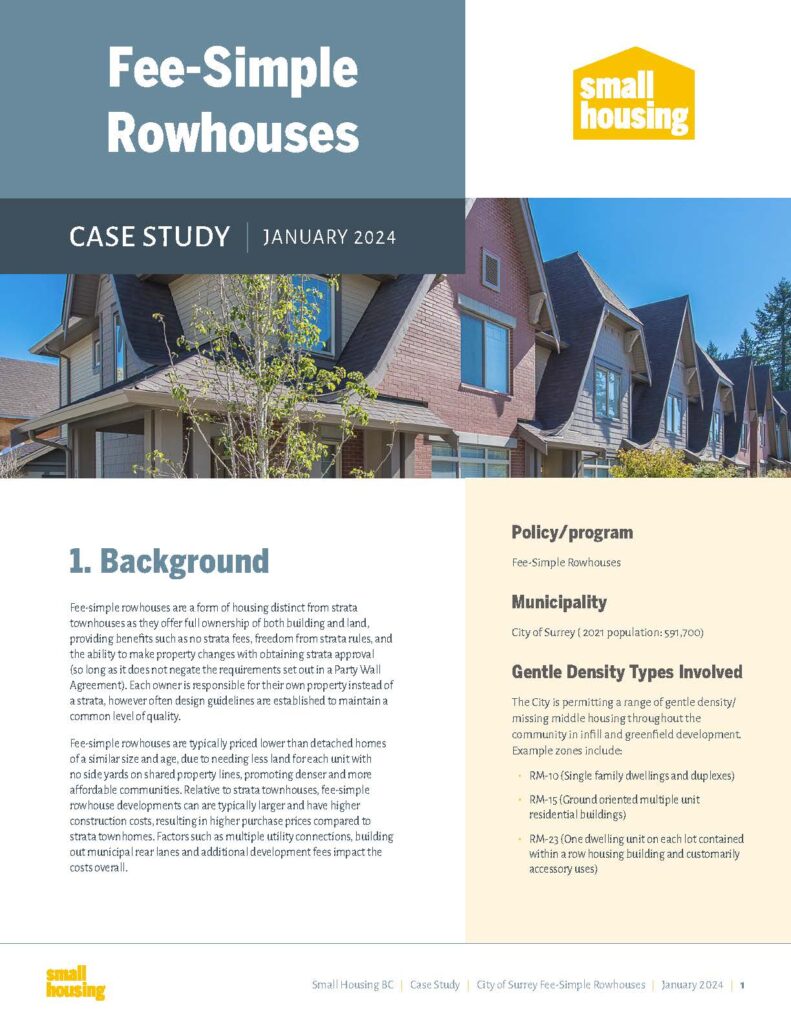
Explore the City of Surrey’s innovative policy on Fee-Simple Rowhouses, a pivotal component of their gentle density strategy.
Key insights:
Fee-simple rowhouses stand apart from strata townhouses, offering full ownership of both building and land. This ownership model eliminates strata fees and rules, allowing property changes without strata approval, while individual owners manage their properties.
In 2012, Land Title Act amendments from the Province mandated Party Wall Agreements for fee-simple rowhouses, outlining responsibilities for shared components.
This Small Housing Case Study outlines how, despite initial concerns such as perceived drawbacks from this style of home including shared walls impacting noise and privacy, Surrey’s fee-simple rowhouses have thrived. They have provided an alternative in a transitioning market from detached homes to townhomes, and have been a central catalyst in inspiring similar projects in Surrey neighborhoods.
